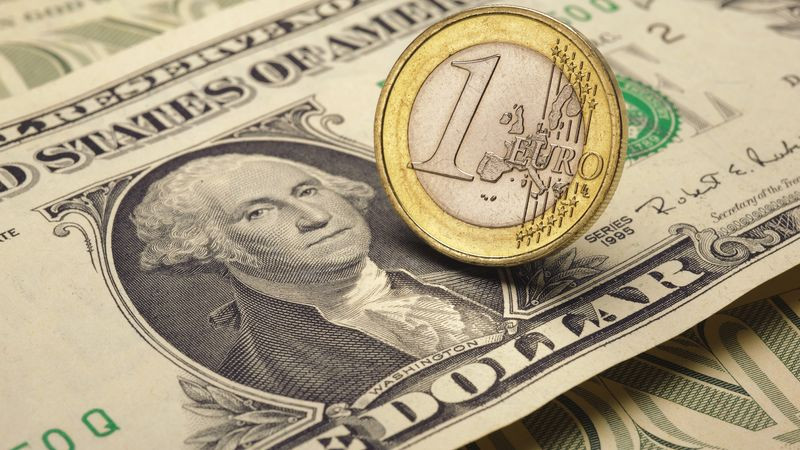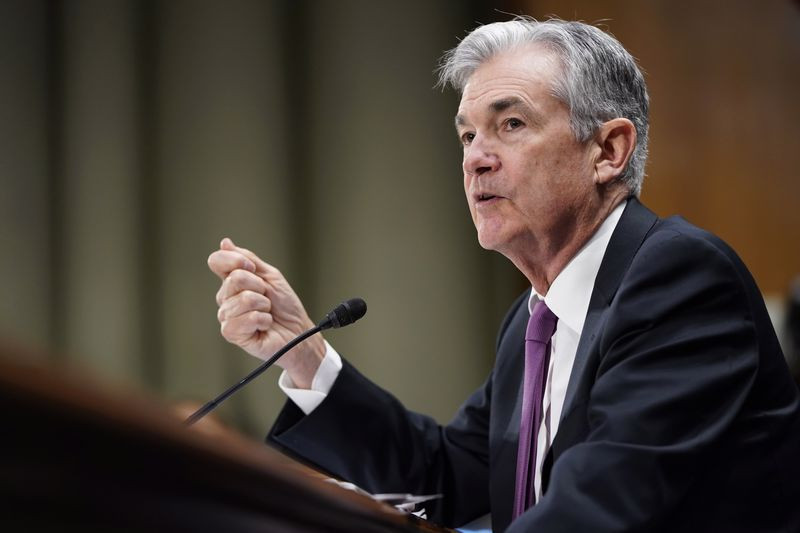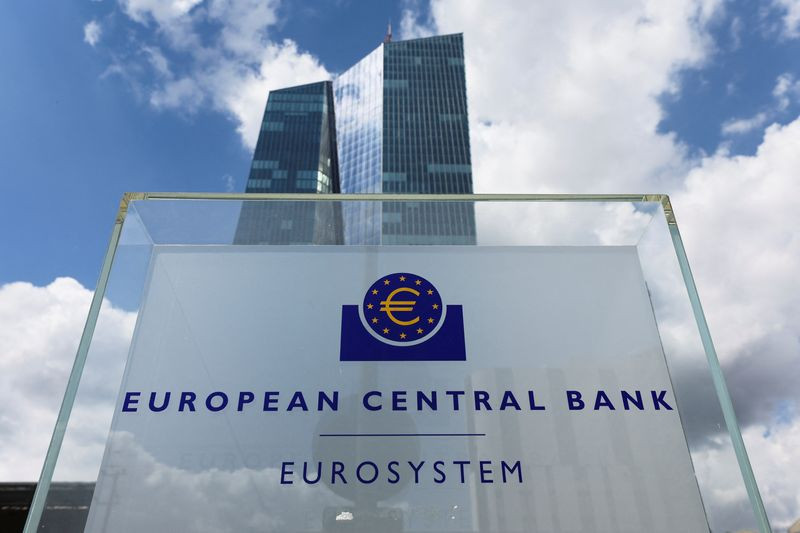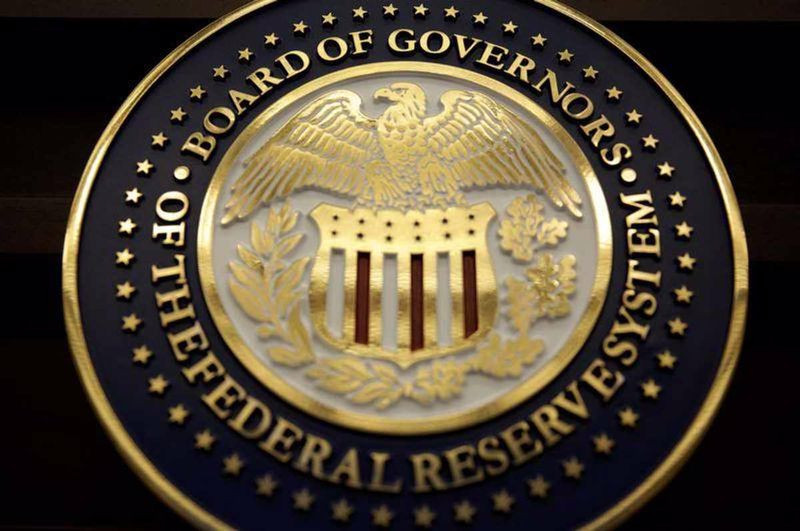
Federal Reserve Chairman Jerome Powell's words from last Friday that the central bank would continue to operate to its fullest scared the markets so much that they were in an encirclement for the first half of this week.
The S&P 500 index was only able to break the losing streak on Thursday, and only by the end of trading, rising by almost 0.3% to 3,966.85 points. At the same time, over the previous four sessions, the indicator fell by about 6%.
Traders fear that the Fed may make a mistake and raise interest rates to too high levels, causing a recession in the economy.
This year, the US central bank has already raised the key rate by 225 bps.
According to UBS strategists, the probability of a recession in the US economy over the next year has increased to 60% over the summer.
"The continued jump in US Treasury bond rates and an even more inverted yield curve signal a higher probability of an imminent recession," they noted.
The US economy showed relatively good results in the summer. However, according to Danske Bank economists, the Fed continues to lead the national economy to recession.
"Despite falling into a technical recession during the first half of the year, the recent weakening of gasoline prices will support positive growth in real private consumption during the second half of the year. Core inflation has peaked, but the labor market and underlying price pressures remain strong. The Fed will be forced to pull the national economy into recession in 2023," the bank's analysts said.
"We have adjusted the forecasts for US GDP to +1.6% in 2022 (from +2.4%) and to -0.2% for 2023 (from +0.1%). The downward revision of the forecast for 2022 mainly reflects weaker-than-expected growth in the first half of the year, but the risks for 2023 are still inclined downward," they added.
Market participants are also worried about the prospects for corporate profits in the face of higher rates, which also caused a rally in the dollar.

Since the Fed chairman made it clear to investors that the central bank is determined to continue raising rates until inflation declines, the greenback has grown by more than 1% relative to its main competitors.
The day before, the USD index jumped to the highest level in almost two decades around 110.00.
The dollar owes its success to the inflow of funds as a refuge due to global economic weakness, as well as the fact that a stable US economy paves the way for the Fed to maintain an aggressive position.
Purchasing managers' indices from Japan, China and the eurozone, published on Thursday, indicated a slowdown in global economic activity.
Meanwhile, the index of business activity in the manufacturing sector in the US from ISM reprinted an indicator of 52.8 points for August against market expectations of 52.0 points.
More importantly, the employment component jumped to 54.2 points from 49.9 points in July.
Along with the JOLTs report for Wednesday, in which the number of vacancies exceeded 11 million, as well as with a decrease in the number of applications for unemployment benefits, data from ISM promised to be a prelude to a solid report on employment in the US non-agricultural sector on Friday.
Armed with this idea, the greenback went sharply uphill on Thursday, which turned into tangible losses for the single currency.
According to the results of Thursday's trading, the euro fell in price against its US counterpart by about 1.1%, coming close to the 0.9900 mark.
It is noteworthy that until Thursday, the single currency showed amazing stability against the dollar, while its other competitors poured in one after another.
The fact is that representatives of the European Central Bank began to use rather harsh rhetoric, pointing out that they could raise interest rates by 75 basis points at the September meeting.
The reason for all this is the record growth of consumer prices in the eurozone, which, combined with low unemployment and a cheaper euro, makes the threat of stagflation quite palpable.

ECB officials said that the price increase could get out of control if drastic measures are not taken.
The prospect of an outstripping tightening of the ECB's policy allowed investors to exit some of their short positions on the euro.
Shorts on the single currency resumed on Thursday, as the divergence in growth in the world's largest economies tipped the scales in favor of the greenback.
The EUR/USD pair headed for recovery on Friday.
The single currency experienced some relief after the operator of the Nord Stream-1 gas pipeline, through which gas flows from Russia to Europe, announced that the supply of blue fuel through this channel will resume on Saturday.
This news dispelled fears that Gazprom would close the pipeline for a longer period under the pretext of maintenance, and contributed to a reduction in gas prices to a 3-week low of €210 per megawatt hour.
Meanwhile, the protective greenback moved to decline amid some improvement in market sentiment.
The main Wall Street indices rose markedly at the start of trading in New York after a report by the US Department of Labor indicated a decline in wage growth and an increase in the unemployment rate in the country last month.
Average hourly earnings increased by 0.3% compared to the forecast of 0.4%. The unemployment rate rose to 3.7% from a pre-pandemic low of 3.5%. The number of jobs in the non-agricultural sector increased by 315,000, but the growth was lower than July's 526,000.
Such statistics reinforced expectations of a weakening of inflation and revived hopes that the Fed may become less tough on raising rates.
Traders lowered their estimate of the probability of a third consecutive rate hike by 75 basis points to 60%. Before the release of the employment report, it was 70%.
"In an overheated U.S. economy, a bit of bad news should be good news for the markets, and today's employment data had a bit of an impact on that," CIBC Capital Markets analysts said.
As a result, the EUR/USD pair increased by 0.9%, reaching a local high around 1.0030.
However, it quickly rolled back to the area below parity, as the key Wall Street indices returned to negative territory, and the greenback changed course and erased most of its daily losses, bouncing to 109.60.

"The labor market should demonstrate more serious weakness in order to significantly change the Fed's plans for further tightening and increase fears of a recession in the United States. In these conditions, we still expect the dollar to strengthen further," MUFG Bank economists noted.
Commerzbank strategists agree with them. Employment in the US is losing momentum. But the Fed intends to stick to its plan, they say.
"It is unlikely that the central bank will take advantage of this moderate slowdown in employment growth as an opportunity to raise the key rate by only 50 basis points in September. We adhere to our forecast of a 75 basis point rate hike," the analysts said.
The longer the labor market remains strong, the longer the Fed will be forced to tighten policy. Until then, the dollar is likely to remain strong, according to Commerzbank.
Meanwhile, the euro's positions, according to analysts, look quite vulnerable.
"The hawkish comments of ECB members recently seem to have had an effect. However, this increases the risk of a lower euro if the ECB disappoints at its meeting next week," analysts at Commerzbank said.
Money markets put in quotes an almost 80% probability of a 75 bps rate hike by the ECB.
"Since expectations regarding the scale of the rate hike have gone far, it is difficult for us to imagine that the ECB will be able to meet or even exceed these expectations, which would further support the EUR," Commerzbank reported.
At the same time, even taking into account the September rate hike of 0.75%, the pace of monetary policy tightening in the eurozone will lag far behind similar actions in the United States.
In addition, since September, the US central bank should double the pace of asset sales from its balance sheet to $90 billion per month, while its European counterpart is not even considering such an option yet.
Thus, fundamental factors are still playing on the bears' side for EUR/USD, and the periodic weakness of the dollar may become an opportunity to buy it.
The short-term bullish view on USD remains in force as long as it is trading above the seven-month support line passing around 105.65. Overcoming recent peaks may encounter an initial barrier in the area of 111.90, and then in the area of 113.35.
Meanwhile, the intermediate support level for the EUR/USD pair appears around 0.9950, followed by an annual low near 0.9900. A break below the last mark will open the door for a drawdown to the 0.9820-0.9800 zone.
On the other hand, only a clear break above the 1.0080-1.0090 area should be considered as a sign of weakening interest in short positions. Outside of this area, 1.0220 is the next level that the pair needs to be surpassed in order to move to a more confident recovery to the 1.0340 zone.





















